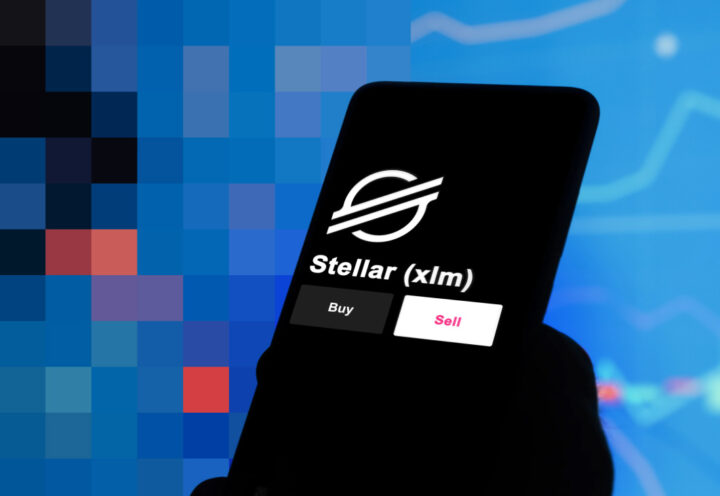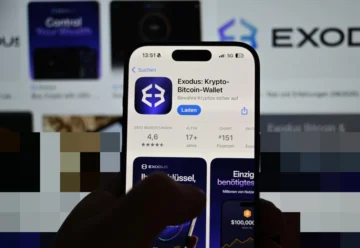U.S. Bank Tests Issuance of Its Own Stablecoin on Stellar

U.S. Bank launched a pilot project to issue a stablecoin on the Stellar blockchain, aiming to test in real-world conditions a programmable money model with instant and nearly free payments while maintaining bank-grade customer protection.
U.S. Bank will test issuing a bank stablecoin in collaboration with consulting firm PwC and the nonprofit Stellar Development Foundation (SDF). The project was announced during the “The Tokenized Future of Banking” podcast at Money 20/20. The goal is to demonstrate the capabilities of blockchains as an alternative payment infrastructure within a strictly regulated banking environment, while preserving safety, reliability, and controllability.
According to Mike Villano, Senior Vice President and Head of Digital Asset Products at U.S. Bank, several factors are fueling interest in stablecoins:
- the adoption of the Genius Act regulating stablecoin issuance in the U.S.;
- stablecoin issuers applying for banking licenses;
- investor questions during quarterly earnings calls.
Given that, U.S. Bank has been exploring blockchain technologies for several years as a new payment channel and moved to practical experiments involving stablecoin issuance on the Stellar network with advisory support from PwC and technical participation from the SDF.
A key reason for choosing Stellar was its built-in asset control mechanisms at the protocol level. The platform allows the bank to freeze assets, roll back, and revoke suspicious transactions not only through application-level business logic but directly at the core blockchain layer. This, according to Villano, is critical for banking customers, as it complements standard KYC procedures and the traditional protections used in the financial industry.
Technical characteristics of the network were also a major factor. Stellar has been operating for about 11 years, consistently demonstrating 99.99% uptime over the past decade. Settlement takes an average of 3–5 seconds, and the transaction fee amounts to a fraction of a U.S. cent, around $0.00001 per transaction. This is far cheaper than traditional payment systems, where small transfers under $1 often incur fees of up to 15% of the transaction amount. In practice, the network enables nearly free transfers around the clock.
As noted by José Fernández da Ponte, President and Chief Growth Officer of the Stellar Development Foundation, the Stellar blockchain was specifically designed for payments and financial services rather than general-purpose use cases. The SDF’s mission is to expand access to everyday financial services by making their underlying infrastructure more accessible, interoperable, and efficient. He states that roughly 15% of Americans already have consistent experience with digital assets, and the next step is introducing such solutions into the mainstream banking segment through familiar platforms like U.S. Bank.
Within the project, PwC is responsible for integrating blockchain solutions into the bank’s infrastructure. The firm helps embed the stablecoin into existing systems and processes, some of which have been in operation for 10, 20, or even 50 years, and also evaluates risks, operating models, product economics, and regulatory requirements. According to Kurt Fields, PwC’s Blockchain Lead, the task is to move from experimental demos to practical use in a strictly regulated environment, where not only technologies change but also staff workflows and the bank’s interaction model with business partners.
Earlier in 2025, several major Japanese financial institutions, including the country’s three largest banks, teamed up to issue a yen-pegged stablecoin. A similar initiative was launched in Europe, where nine leading European banks joined forces to issue a euro-pegged stablecoin compliant with MiCA requirements.











